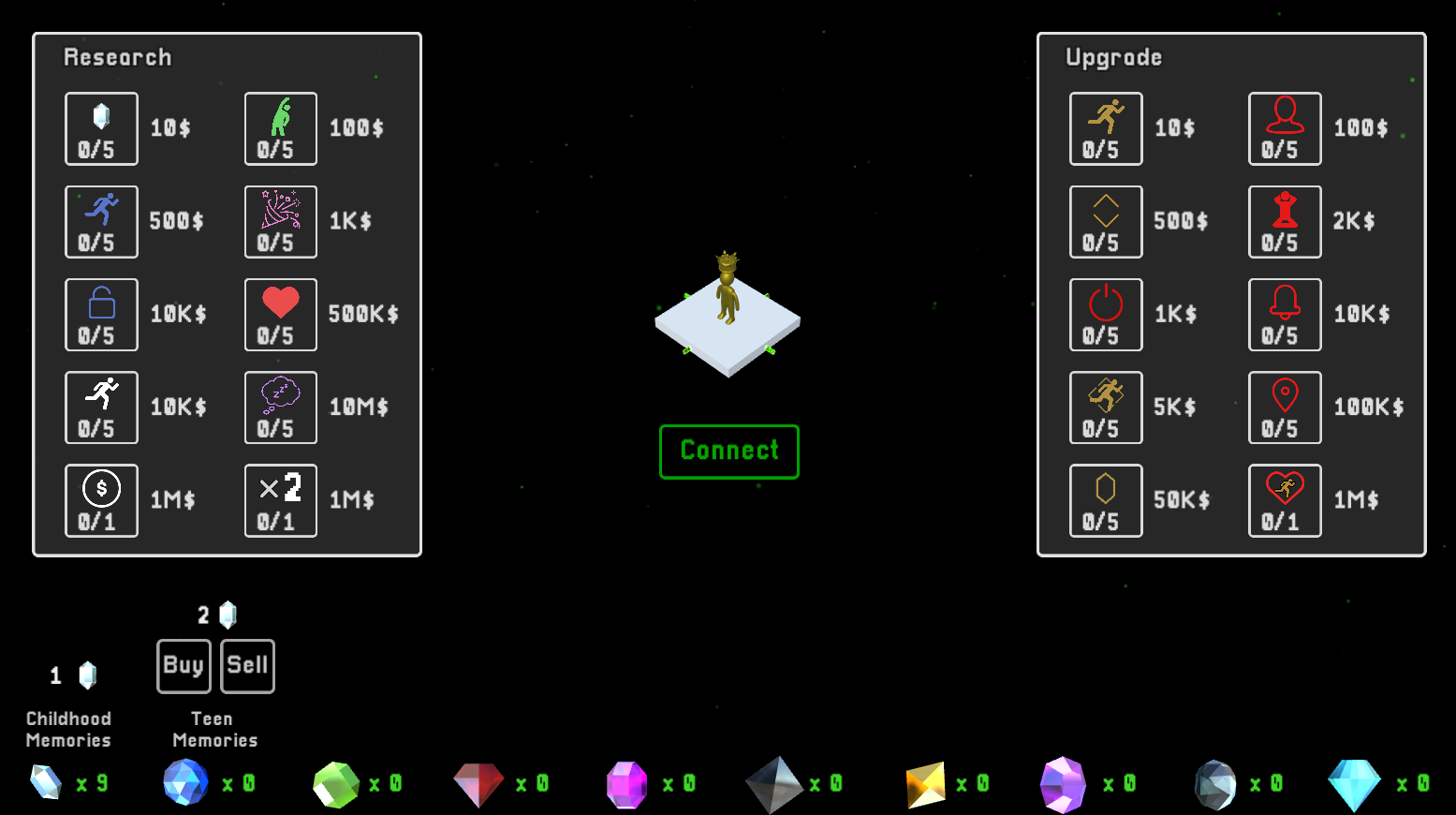HackZ Memories Mac OS
There was once a shmem patch submitted to the QEMU dev list, but it got dropped in favor for a vnc solution. As I'm not satisfied with vnc speed, I took a stab at the shmem patch. Shmem on OS X, it's a no-go. Shmem would be the most geleagnt way of creating shared memory.
Home > Articles > Apple > Operating Systems
␡- Open iTunes and connect iPod to your PC or Mac with a USB cable. ITunes will recognize the device after a few seconds. You will also find the 'Restore' button in the 'Overview' menu below the general information. This will reset the iPod to the factory settings - so delete all songs at the same time.
- With all due respect, advising me to revert to an earlier version of the OS isn't really a 'solution'. The Play Memories software has been flagged by Apple as an app that will no longer be supported for over a year - this isn't new information. And telling me to use the USB cable is just insulting.
- You can check the memory on a Mac computer in its Activity Monitor.; The memory pressure graph will let you check your memory. In basic terms, if the graph appears green, you have a lot of memory.
- How to check memory usage on Mac with Memory Cleaner. You can view Mac memory usage with a free application Memory Cleaner. With Memory Cleaner you view how much RAM each application uses and clear inactive RAM memory. Launch Memory Cleaner; Click the application icon in the toolbar. Here you will find the next information about memory on Mac.
- The Layers of Mac OS X: Aqua
This chapter is from the book
This chapter is from the book
There is more than one way to think about dividing up a pizza. First, there is the familiar method of dividing it into slices. Alternatively, you could divide it into layers: topping, cheese, sauce, crust. Theoretically, you could also divide it into its basic ingredients: flour, water, tomatoes, garlic, milk. Each method makes a different contribution to your enjoyment of the pizza. The first method (slices) is best when you're getting ready to eat the pizza; the second is best when you are deciding what to order (such as pepperoni with extra cheese); the third is best if you are concerned about nutrition (needing to know the exact ingredients to calculate calories).
The same is true for Mac OS X. There are multiple ways to look at it and take it apart. Each way makes its own contribution to your understanding of the OS. In this chapter, I look at the major ways to 'take apart' Mac OS X. Having at least a minimal knowledge of Mac OS 9 will help, as I occasionally make comparisons between the two OS versions. But even if you've never used Mac OS 9, you'll be able to follow along.
In This Chapter
The Layers of Mac OS X: Aqua
The Layers of Mac OS X: Application Environments
Cocoa
Carbon
Classic
Java
Putting it together
The Layers of Mac OS X: Graphics Services
Quartz
Multimedia: OpenGL and QuickTime
The Layers of Mac OS X: Darwin
Mach
BSD (Unix)
Domains: An Overview
System domain
Local domain
User domain
Network domain
The Libraries of Mac OS X: /System/Library
Core Services
CFMSupport
Extensions
Fonts
Frameworks
PreferencePanes
Printers
QuickTime
ScreenSavers
Services
Sounds
StartupItems
The Libraries of Mac OS X: /Library Google download to desktop.
Application Support
ColorSync
Contextual Menu Items
Desktop Pictures
Documentation
Fonts
Internet Plug-Ins
Modem Scripts
Preferences
Printers
Receipts
StartupItems

The Libraries of Mac OS X: Users/'Home'/Library
Application Support
Caches
Favorites
Font Collections
Fonts
Internet Search Sites
Keychains
Preference Panes
Preferences
Application-specific folders
Fonts in Mac OS X: Font Formats
TrueType fonts
PostScript fonts
OpenType fonts
Bitmap fonts
Identifying font formats
Fonts in Mac OS X: Working with Fonts
Font Panel window
Font smoothing and Mac OS X
International language support: basics
International language support: troubleshooting
Font utilities
Hackz Memories Mac Os X
The Layers of Mac OS X: Aqua
Hackz Memories Mac Os Download
Aqua is the name given to what most users think of when they think of Mac OS X: the user interface, the Finder, the Dock, the windows, the translucent buttons, the high-resolution icons, the menus, and all the rest. Yabac mac os. Many users may never explore Mac OS X beyond its Aqua layer.
From this perspective, a user upgrading from Mac OS 9 will feel quite at home, at least initially. Very cuul game mac os. Much still works the same way. You still double-click icons in the Finder to launch them; you still choose the Save command from an application's File menu to save a document; you still open a folder icon to see its contents.
Hackz Memories Mac Os Catalina
But you will soon notice some significant differences: a new column view, a very different Apple menu, the Dock. I discussed the basics in Chapter 3, when I presented an overview of Mac OS X.